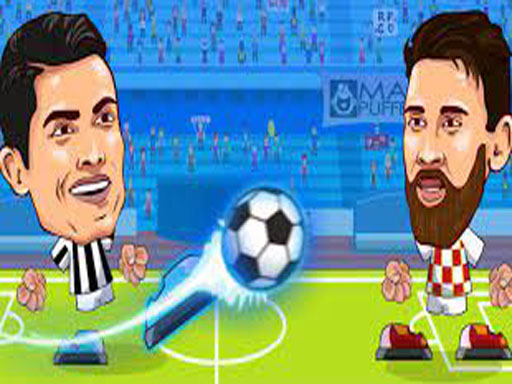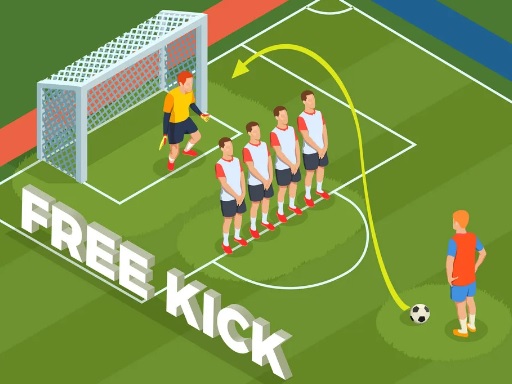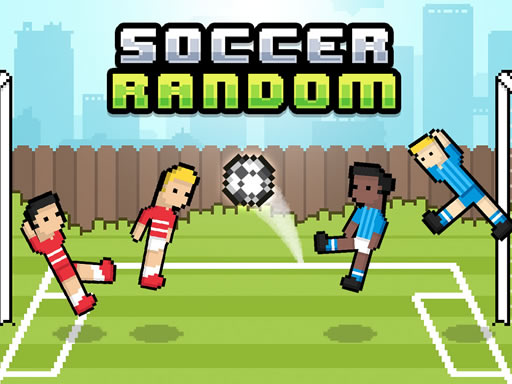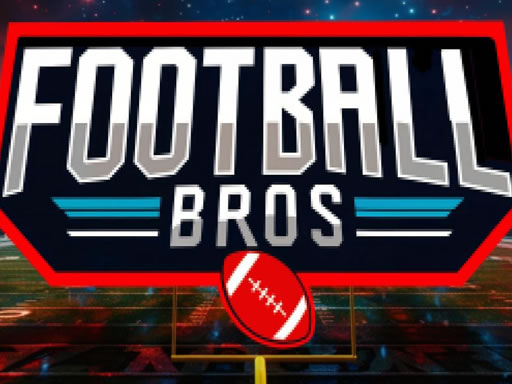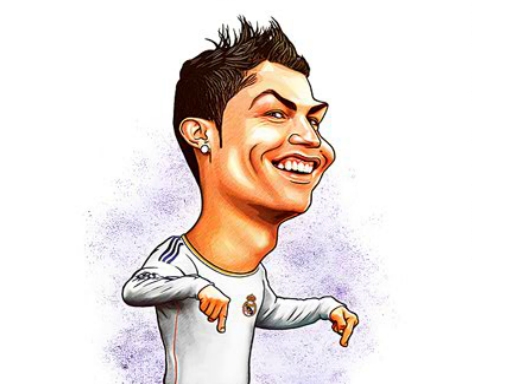Touch football and traditional football (soccer) have several distinct differences:
1. Physical Contact
Touch Football: It is a non-contact sport. Players stop the progress of an opponent with the ball by making a “touch” on the ball carrier. This touch is usually a light tap on the upper body, hips, or legs. There is no tackling, pushing, or any form of physical interference beyond the touch. For example, in a game of touch football, a defender simply reaches out and touches the attacker’s arm to end their run.
Football (Soccer): Physical contact is an inherent part of the game. Defenders can use legal tackling techniques to dispossess the ball from the attacker. This includes sliding tackles, shoulder-to-shoulder challenges (within the rules), and intercepting passes by getting in the way of the player with the ball. However, there are strict rules against dangerous or unfair contact, such as high tackles or violent challenges.
2. Objective and Scoring
Touch Football: The main objective is to score tries. A player with the ball runs into the opposing team’s in-goal area to score a try. After scoring a try, there may be an opportunity to take a conversion kick for additional points. Also, there are usually restrictions on the number of touches a team can make before they must either score or turn the ball over (e.g., 6 touches per attacking set).
Football (Soccer): The goal is to score goals by getting the ball into the opponent’s goal. A goal is scored when the whole of the ball passes over the goal line and into the goal. There are no restrictions on the number of passes a team can make before attempting to score, as long as they do not commit any fouls (such as offside or handball).
3. Team Composition and Positions
Touch Football: Teams typically have fewer players on the field, often 6 or 7 players per side. Positions are less rigidly defined compared to traditional football. Players need to be more versatile and are expected to be able to perform multiple roles in both attack and defense. There is more fluidity in movement and less specialization.
Football (Soccer): A standard team has 11 players on the field, including a goalkeeper. Positions are clearly defined, such as forwards (attackers), midfielders (who control the game’s tempo and link defense and attack), and defenders (who protect the goal). Each position has specific responsibilities and skill requirements, and players are often trained to excel in their particular role.
4. Rules and Regulations
Touch Football: Rules focus on aspects such as the legality of touches, the number of touches allowed per possession, and the proper way to score tries. The game is designed to be fast-paced and relatively simple in terms of its rule set compared to soccer.
Football (Soccer): The rules are more complex, covering a wide range of aspects such as offside, handball, fouls, and misconduct. Referees need to make judgments on various situations, including physical contact, the location of the ball, and the intent of the players.
5. Equipment
Touch Football: Players generally wear comfortable sports clothing, shorts, jerseys, and sports shoes. Since it is a non-contact sport, there is no need for heavy protective gear like helmets or pads.
Football (Soccer): Players wear jerseys, shorts, and football boots. Goalkeepers wear specialized gloves and may have additional protective gear like shin guards. All players are required to wear shin guards to protect their lower legs from potential tackles and kicks.
If you are referring to “touch football” in the context of Australian rules football (where “touch footy” is a variation), the differences from Australian rules football would also include aspects like the lack of marking (catching the ball) as a key feature in touch football compared to the full contact and marking elements in traditional Australian rules football.
For more Soccer Legends, you can visit this address:https://soccer-legends.org/


